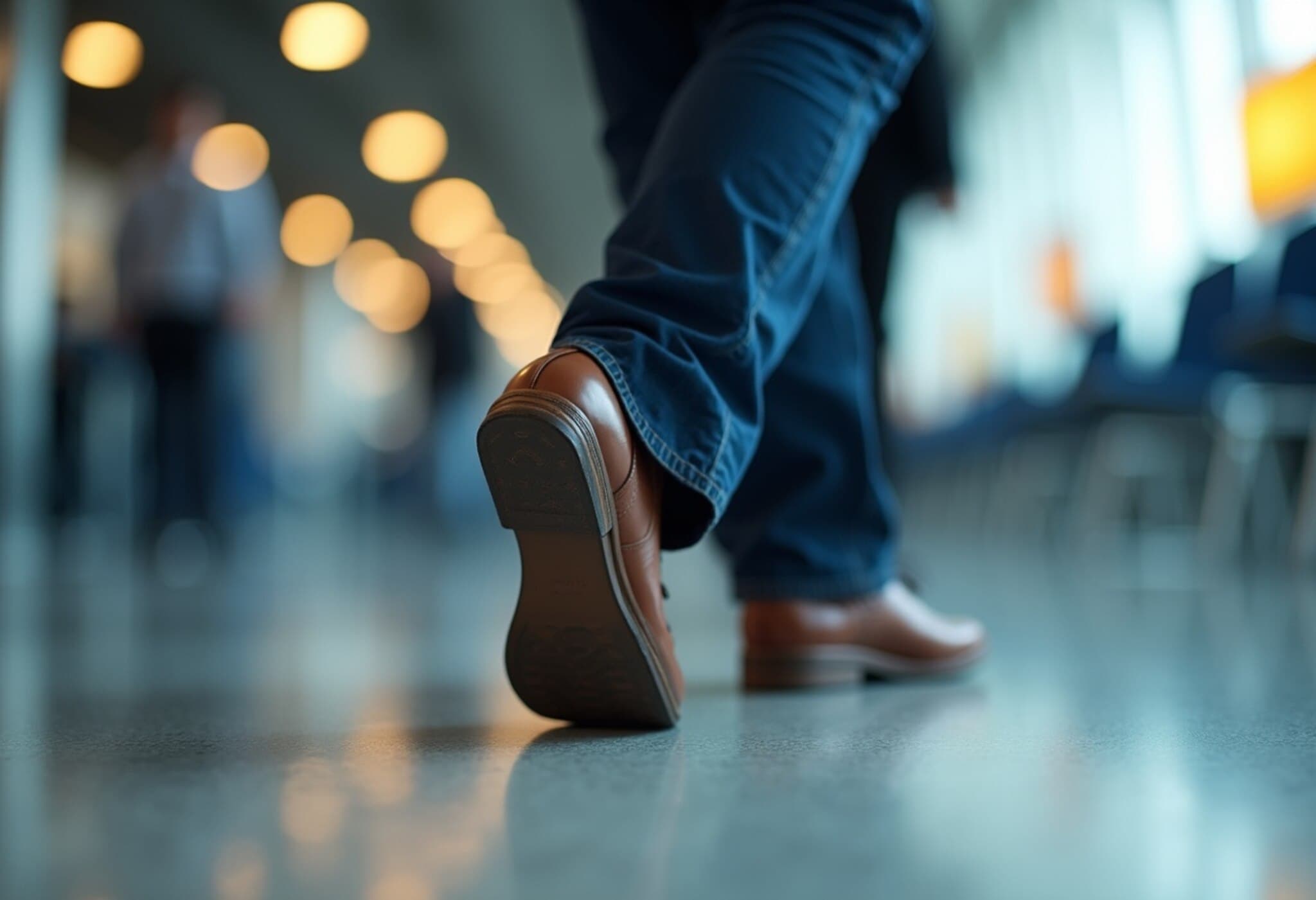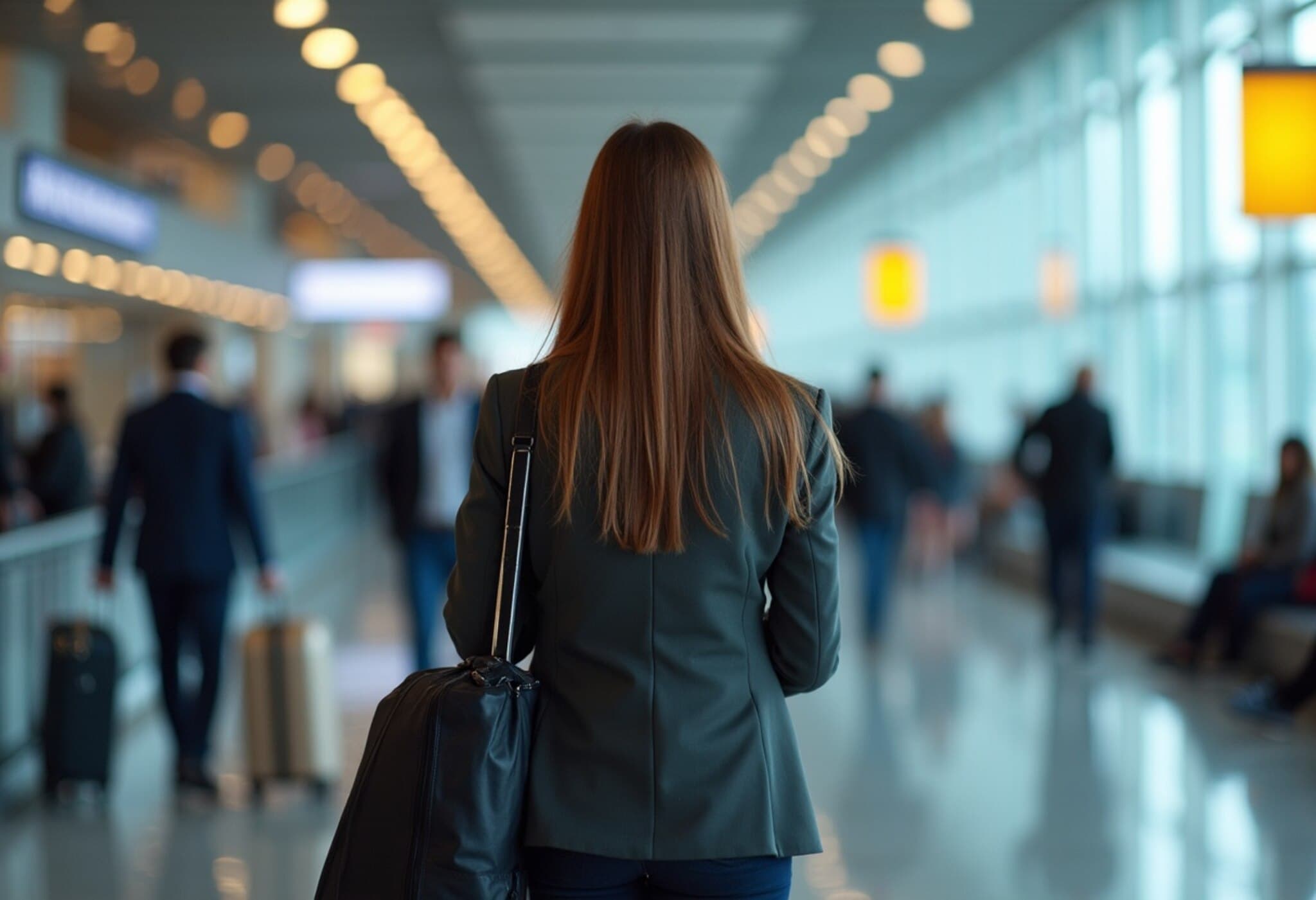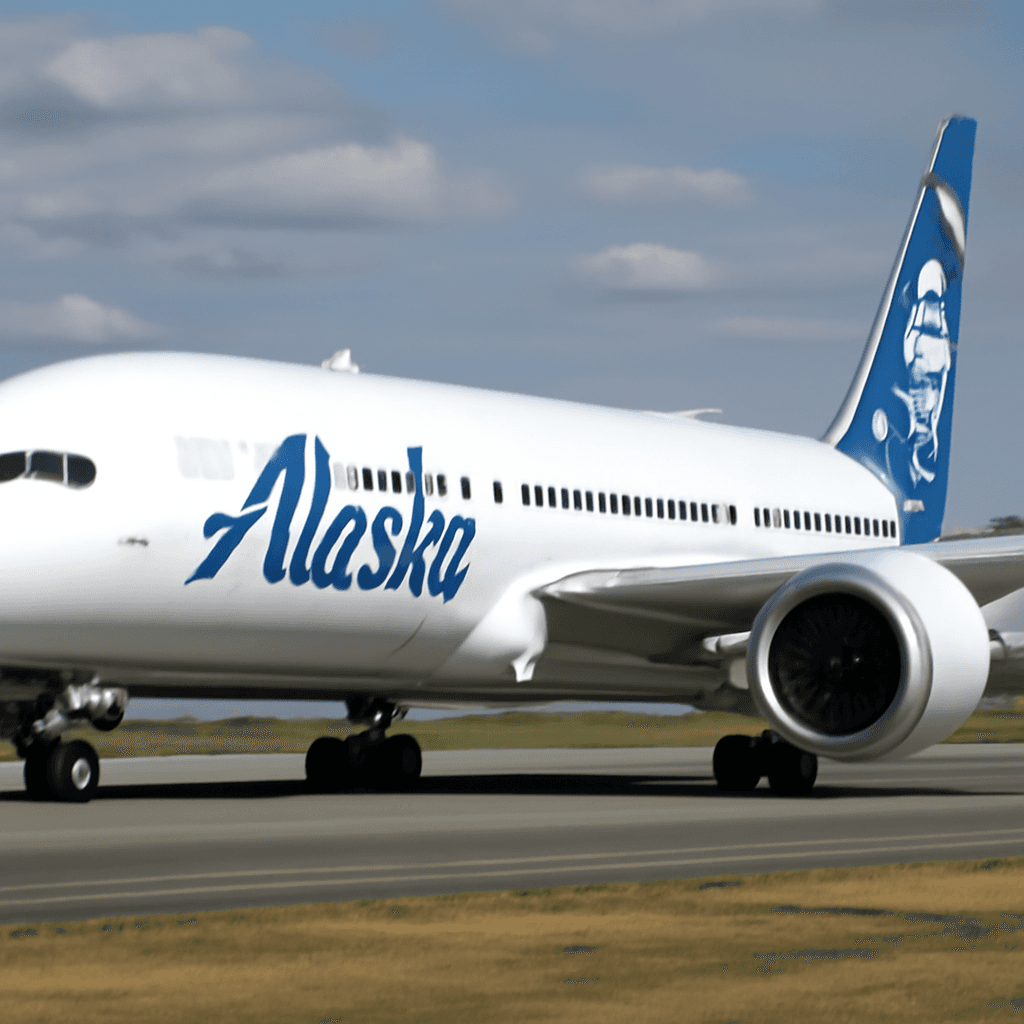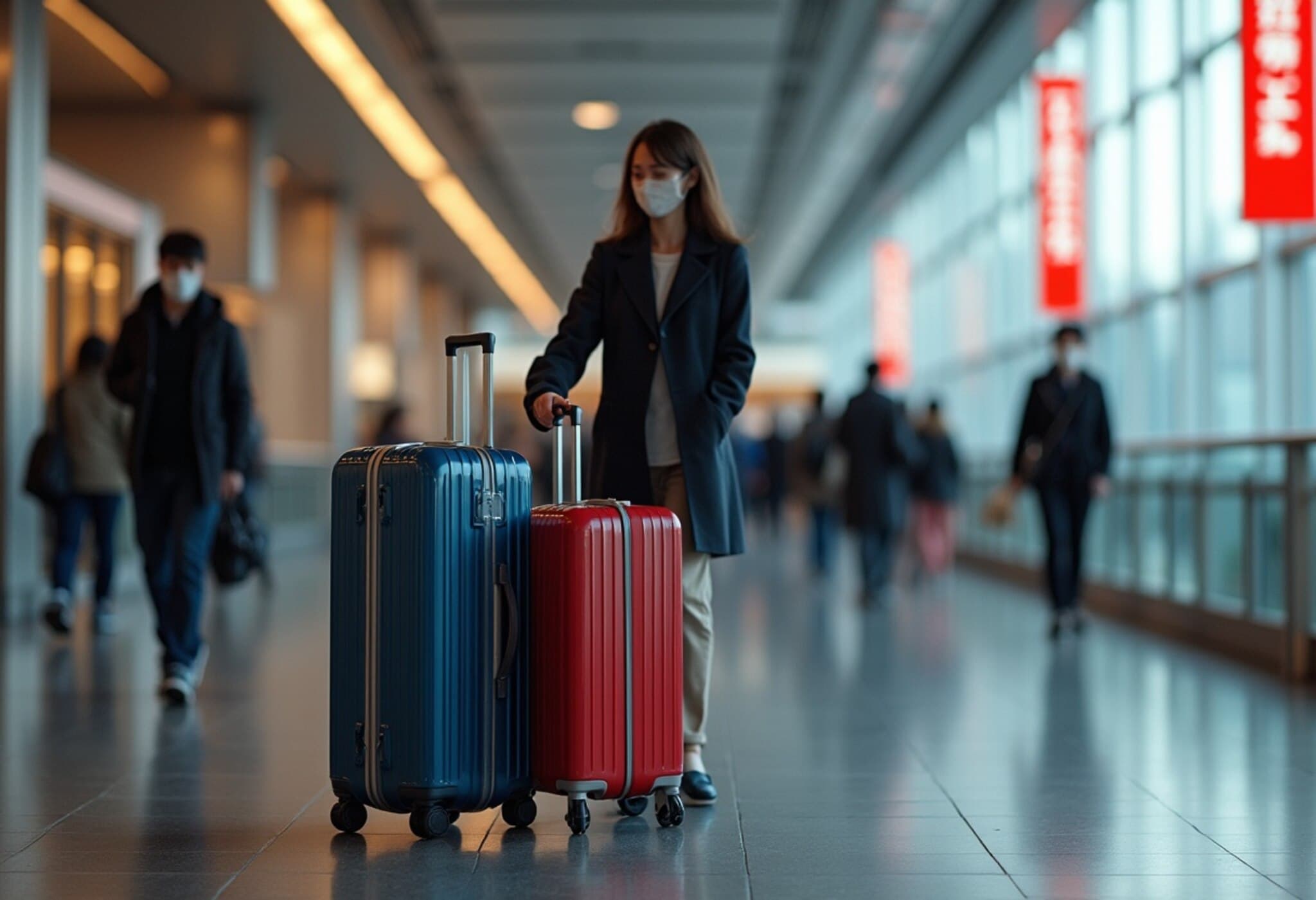TSA Eases Shoe Removal Rule After Two Decades
After nearly 20 years of mandatory shoe removal at airport security checkpoints, the Transportation Security Administration (TSA) is preparing to allow many travelers to keep their shoes on. This shift marks one of the most significant changes in airport security procedures since the early 2000s, aiming to streamline the passenger experience without compromising safety.
Why Was Shoe Removal Introduced?
The original shoe removal protocol was instituted soon after the infamous “shoe bomber” incident in December 2001, when Richard Reid attempted to detonate explosives hidden in his shoes on a transatlantic flight. The TSA responded to this serious threat by requiring all travelers to remove their shoes for additional screening to detect potential explosives.
What’s Changing Now?
According to sources familiar with the TSA’s internal briefings, airline industry members were informed on July 8, 2025, about the upcoming policy update that will allow many passengers to keep their shoes on during the security screening process. Currently, only travelers enrolled in the TSA PreCheck program enjoy this convenience along with the ability to keep laptops and other electronics in their bags.
- Who benefits? The vast majority of travelers, not just PreCheck members, are expected to benefit once the change is implemented.
- Security measures: The TSA maintains that rigorous security screening technologies and procedures have evolved enough to support this policy adjustment without increasing risks.
Industry and Security Perspectives
This development has been met with interest across the aviation and security sectors. Experts underline that advancements in imaging technology and data analytics have significantly improved threat detection capabilities, lessening reliance on physical removal of personal items.
However, some security analysts caution that while convenience is important, the TSA must ensure that these streamlined procedures do not inadvertently create new vulnerabilities. Balancing traveler ease with national safety remains the agency’s paramount challenge.
What Does This Mean for Travelers?
For millions who endure lengthy waits and cumbersome security lines, the change could be a welcome relief. Removing less items from carry-on possessions not only speeds up the screening process but also reduces stress during busy travel periods.
According to Caleb Harmon-Marshall, a former TSA officer who first reported the news via his Gate Access newsletter, this update reflects a broader commitment by the TSA and the Department of Homeland Security to modernize passenger experience while sustaining robust security measures.
Looking Ahead
The TSA has not issued an official public statement yet but has confirmed ongoing efforts to innovate security protocols. Travelers and industry stakeholders eagerly await formal announcements clarifying the scope, timeline, and specific guidelines of the shoe-keeping-on policy.
Critical Questions Remain
- How will TSA ensure the new approach does not reduce security effectiveness?
- Will this policy rollout be phased or immediate across all airports?
- What criteria will determine which travelers are allowed to keep their shoes on?
As this story develops, it will be vital to monitor how TSA balances emerging security technologies with the everyday realities of millions of passengers nationwide.
Editor’s Note:
While this policy change marks a notable shift in TSA practices, it’s a reminder of the evolving nature of security measures tailored to real-world risks and traveler expectations. The agency’s willingness to adapt after two decades signals progress in integrating technology and passenger-centric design. Still, maintaining vigilance and transparency remains essential to preserving public trust in aviation security. Readers are encouraged to consider how such incremental changes reflect broader societal debates around security, convenience, and privacy in the travel industry.



















